9 Famous Thai Celebrities’ Cafes and Eateries in Thailand
A look at a list of Thai celebrities who own restaurants and ...
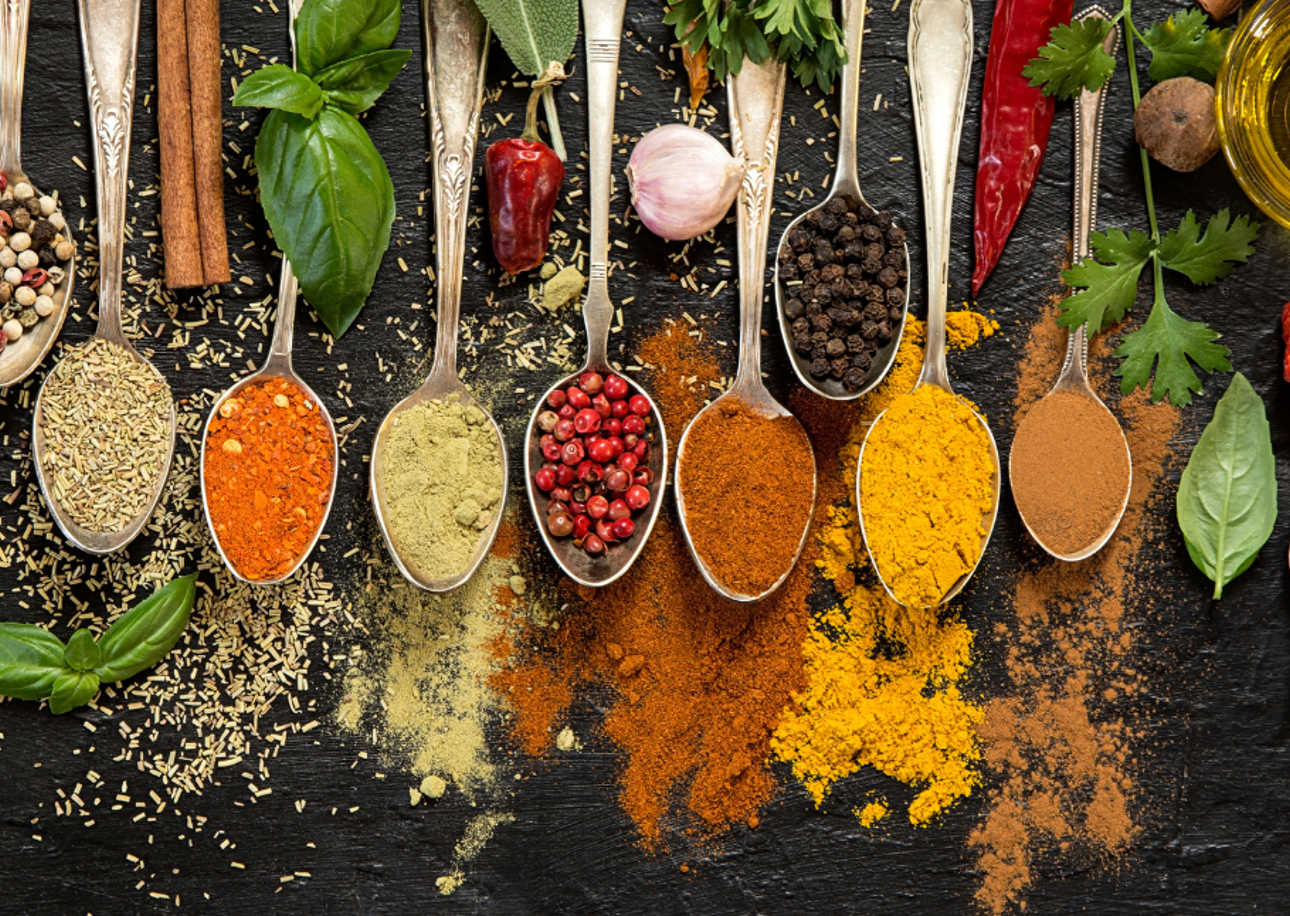
Culinary spices are aromatic substances derived from various plant sources, such as seeds, bark, roots, and leaves used to enhance the flavour, aroma and overall appeal of food. These aromatic additions both elevate flavours and bring depth, complexity, and a unique identity to dishes, making them an integral part of culinary traditions across the globe. Koktail will lead your taste buds on an expedition through Thailand’s diverse regions as we uncover the world of spices that define each region.
The North of Thailand has a rich tradition of using spices in their cuisine, reflecting the unique flavours of the region with local plants that give off scent and personality that can only be found in food from the North.
Prickly Ash Seed (Makhwaen), akin to Sichuan pepper but milder, is often paired with long peppers to infuse dishes like larb muang with a delightful heat.
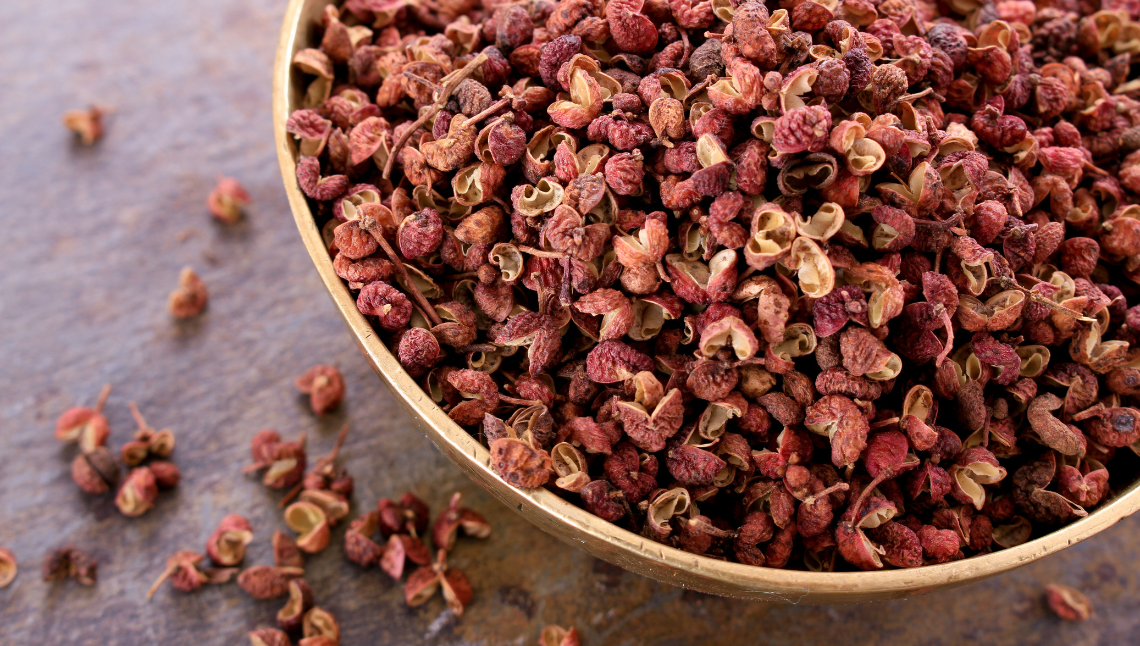
Long Pepper, when dried, serves as a crucial element in neutralising fishy odours, especially in the beloved Northern dish, larb. It is also a mixture of various curry dishes such as spicy curry and roasted curry as well.
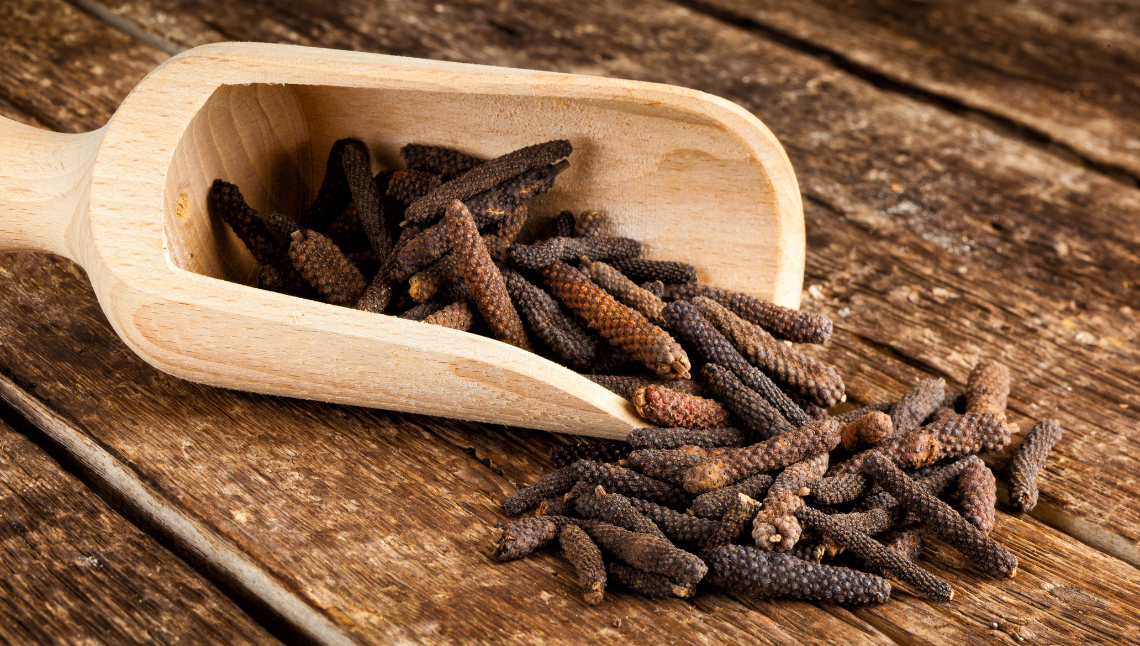
Rotten beans (Thua nao) is a fermented soybean product used as a cooking ingredient or condiment. It is created by fermenting cooked soybeans with naturally occurring microbes. Thua nao comes in two primary forms: fresh and dried. The wet, fresh form has a short shelf life while the dried form is typically sold in sun-dried flat disks, called thua nao khaep.
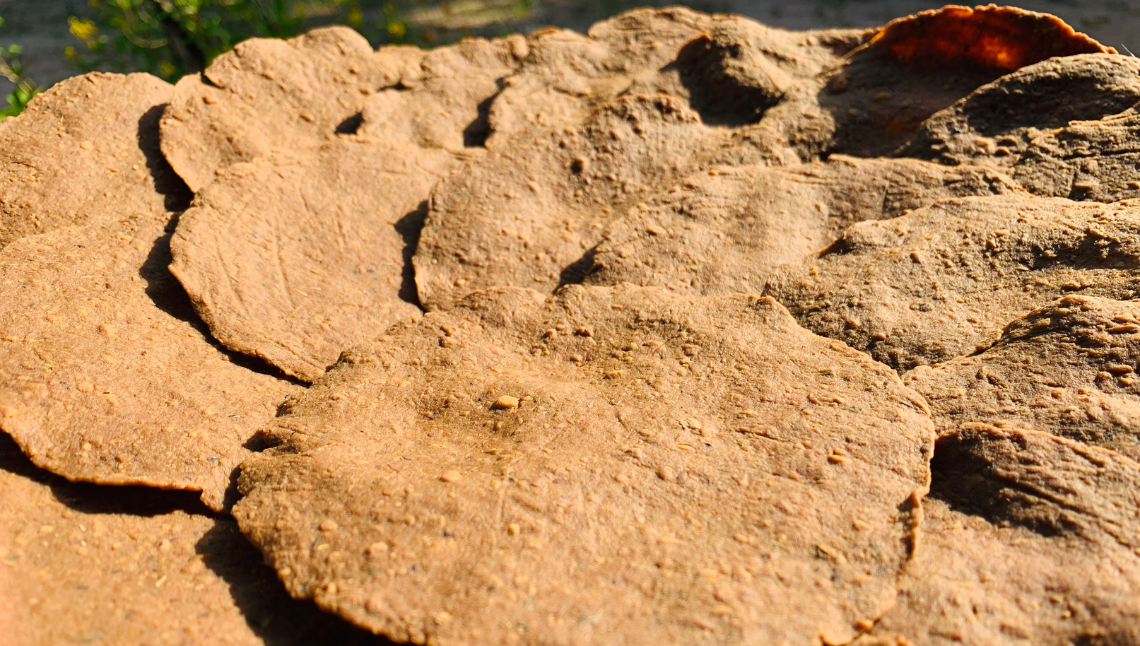
The Southern region of Thailand features turmeric, a vibrant yellow root frequently found in Muslim and Southern Thai dishes. This flowering plant, a member of the ginger family, undergoes a process of boiling and drying before being ground into a deep orange-yellow powder, lending its distinctive colour and warm, earthy, slightly bitter flavour to curries, soups, and more. Turmeric is also renowned for its medicinal properties, making it a versatile ingredient for both flavour and wellness.
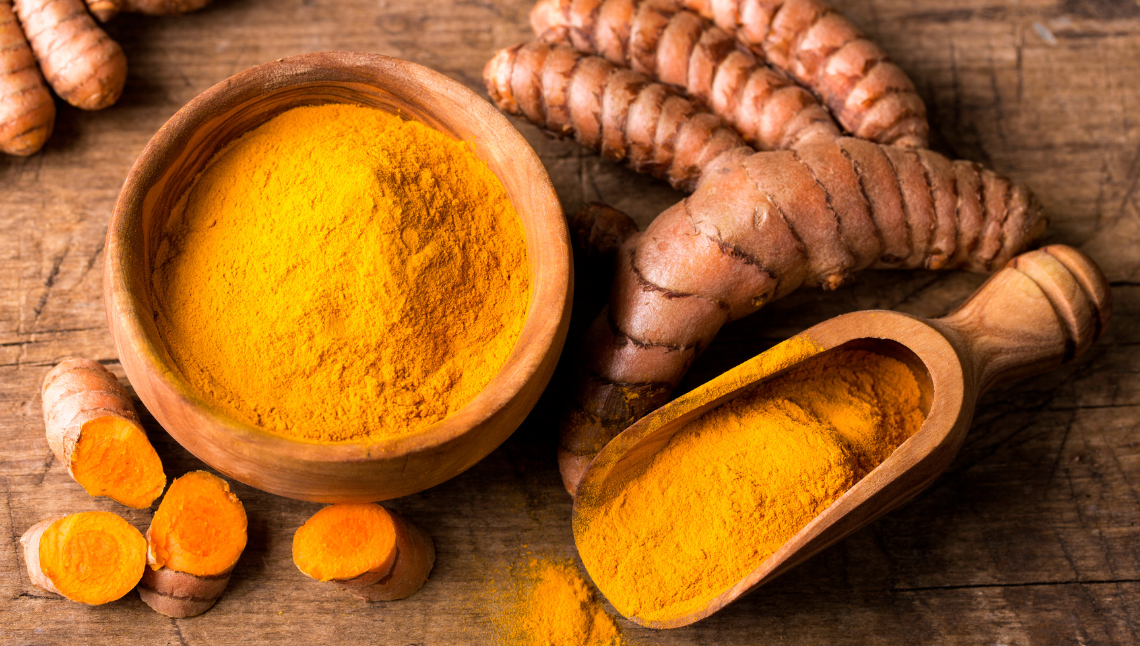
The spices in central Thailand may not be particularly flashy, but this region is celebrated for its diverse culinary ingredients, highlighting the usage of garlic, shallots, Thai basil, and coconut milk. Garlic, whether fresh or fried, infuses Central Thai dishes with its aromatic goodness. Shallots contribute their sweet, mild onion-like flavour to stir-fries and curry pastes. Thai basil, known as holy basil or sweet basil, imparts its distinct taste to stir-fries and curries, elevating their flavours. The extensive use of creamy coconut milk in Central Thai cuisine creates rich and velvety curries and soups, offering a unique culinary experience.
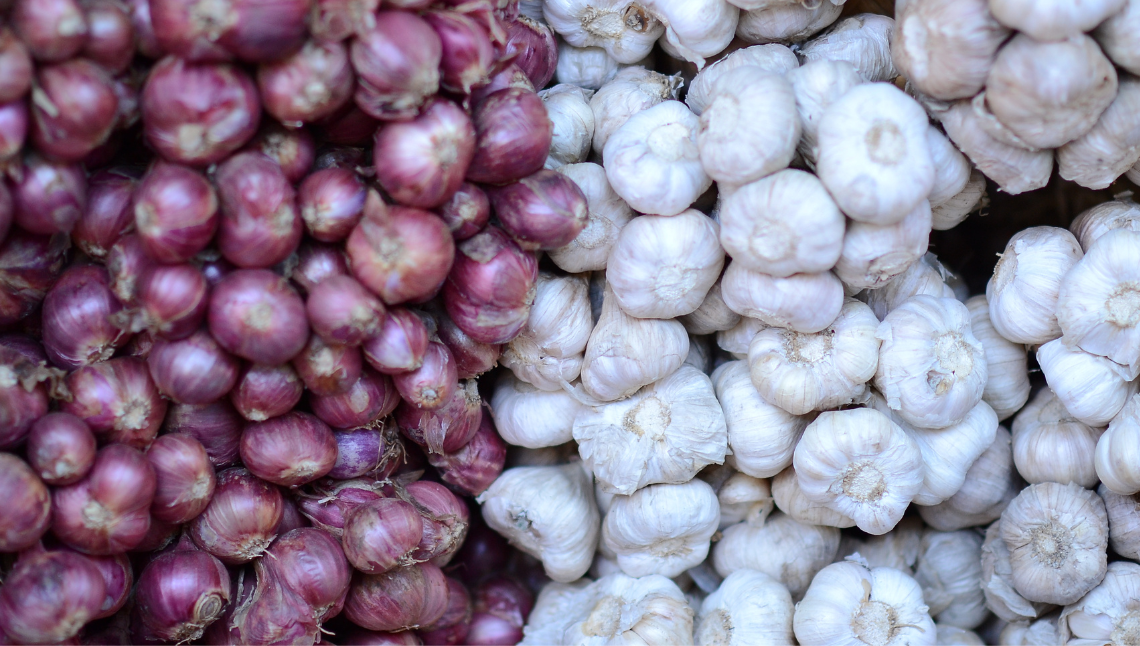
Isan, or Northeastern Thailand, is renowned for its bold and spicy cuisine, incorporating a variety of ingredients to craft its distinctive flavours. It relies more on fish sauce for seasoning and often uses dried chillies, fresh herbs like cilantro and mint, and minimal to no coconut milk, resulting in a lighter and less creamy flavour profile. Bird’s eye chillies, also known as prik kee noo, are fiery staples in Isan cooking, delivering intense heat to many dishes. Galangal, resembling ginger but with a citrusy, piney flavour, finds its way into Isan curries and soups. Lemongrass, used in soups and salads, contributes a citrusy and aromatic touch. Kaffir lime leaves add their unique citrus aroma and flavour to soups and curries, while fresh coriander leaves provide a herbal note to salads and dipping sauces. Shallots, with their sweet and mild onion-like flavour, are often crisped and used as a garnish, while dried chilli flakes introduce spiciness to a variety of dishes.
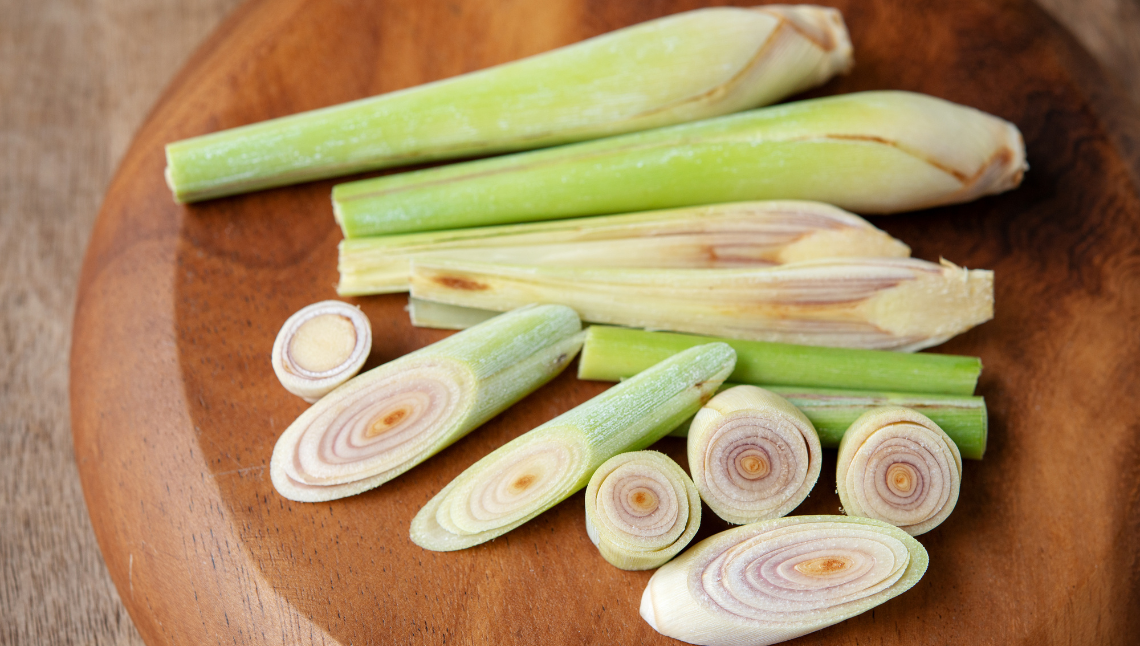
Our culinary voyage through Thailand’s diverse regions has hopefully illuminated the world of spices that define each area’s unique culinary identity. These aromatic treasures are integral to the artistry and complexity of Thai cooking.
A look at a list of Thai celebrities who own restaurants and ...
These top 5 barber shops in Bangkok are where gentlemen can elevate ...
A detailed guide to hiking the Naga Cave, combining physical challenges with ...
Saturdays are already made for Salmon, now there's even more reason to ...
While traditional TV shows are serving us endless boy-meets-girl tales. Thailand has ...
Sailorr and Molly Santana’s black grills fuse hip-hop swagger with homage to ...
Wee use cookies to deliver your best experience on our website. By using our website, you consent to our cookies in accordance with our cookies policy and privacy policy